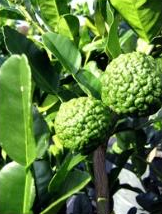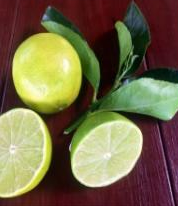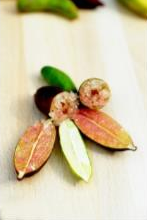Late weekly report!
This was a WEEKLY REPORT, written by the lovely Jessica Tang on the 29/08/16, and somehow we missed publishing it! But better late than never, as this is all still very interesting and relevant!
A Chinese proverb says ‘spring is sooner recognised by plants than by men.’ Although the chill of winter lingers in air during August, those tiny pink pulps of finger limes remind us that springs is coming. The finger lime Citrus australasica is the most well-known Australian native citrus. They are hardy and thorny, producing distinctive finger shaped fruit with small bead-like crystal pulps. Although those bright pink pulps look like flower buds, the finger lime actually blooms in late summer and autumn with white or pale pink, and fruits ripen through winter to spring. The fruit of finger lime is popular among top restaurants around the world, and it can be used in drinks, desserts, jams and as a garnish.
There are two other popular citrus trees in our community garden, Tahitian lime Citrus aurantifolia and Kaffir lime Citrus hystrix. They both have edible fruits or leaves. Unlike finger lime, Tahitian lime is thornless, the fruits are round-shaped, lemon-yellow with smooth thin skin. Kaffir Lime is native to Indonesia but wildly grown worldwide as a shrub for its aromatic leaves used in Thai cuisines. Kaffir lime is the shortest one among other citrus, which only reach 1.5m in height. They are easy to be recognized by their unusual double lobed leaves and knobby fruits with little flesh.
Remove the weeds
This week we also cleaned the weeds in some pots and planted with vegetable seeds. Here I would like to share some tips on sowing the seeds.
Dry seeds
* Read the instructions. It is important to choose the right seeds in the suitable region and season. We decided to sow some peas at the end of August. Cooler seasons in the subtropics are the ideal time for growing peas. Luckily they are easy to grow, fast germinate in 7 to 10 days and they are productive.
* Removed all the weeds and roots, and mix the soil. Gently pull the weeds out and carefully remove their roots in soil. In fact, the best time to hand-pull weeds is after a drenching rains, or pre-sprouting the soil before removing the weeds. Weeds are valuable too. Some of the weeds are edible and may have medication values. Common edible weeds include: chickweeds (Stellaria media), Dandelion (Taraxacum officinale), Wood sorrel (Oxalis), Nettle (Urtica urens). Weeds can be added to composts if the seed heads of weeds haven’t formed.
* Prepare a wick for pot plant with dark cloth. When placing the plot on vertical garden, the wick can water the plants from below and draw up the moisture through the soil.
Wicks made of shade cloth
* Fill the clean pots and press down the soil, sow the seeds and light covered it with soil. Cover the soil with mulches which help to keep the soil moisturized and warm. Some peas need beside trellis to support and direct the way they grow.
* Keep the soil moist but not too wet, and make sure they get enough sun. Our vertical garden faces north and south, which is a good position for plants to receive sun light.
Jessica with Miss Chook






